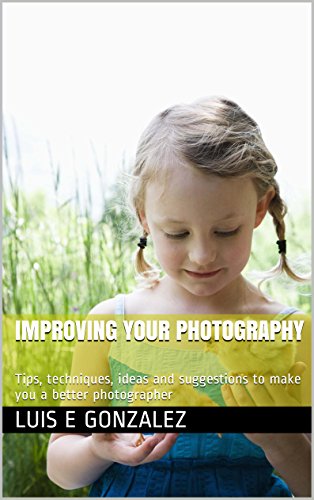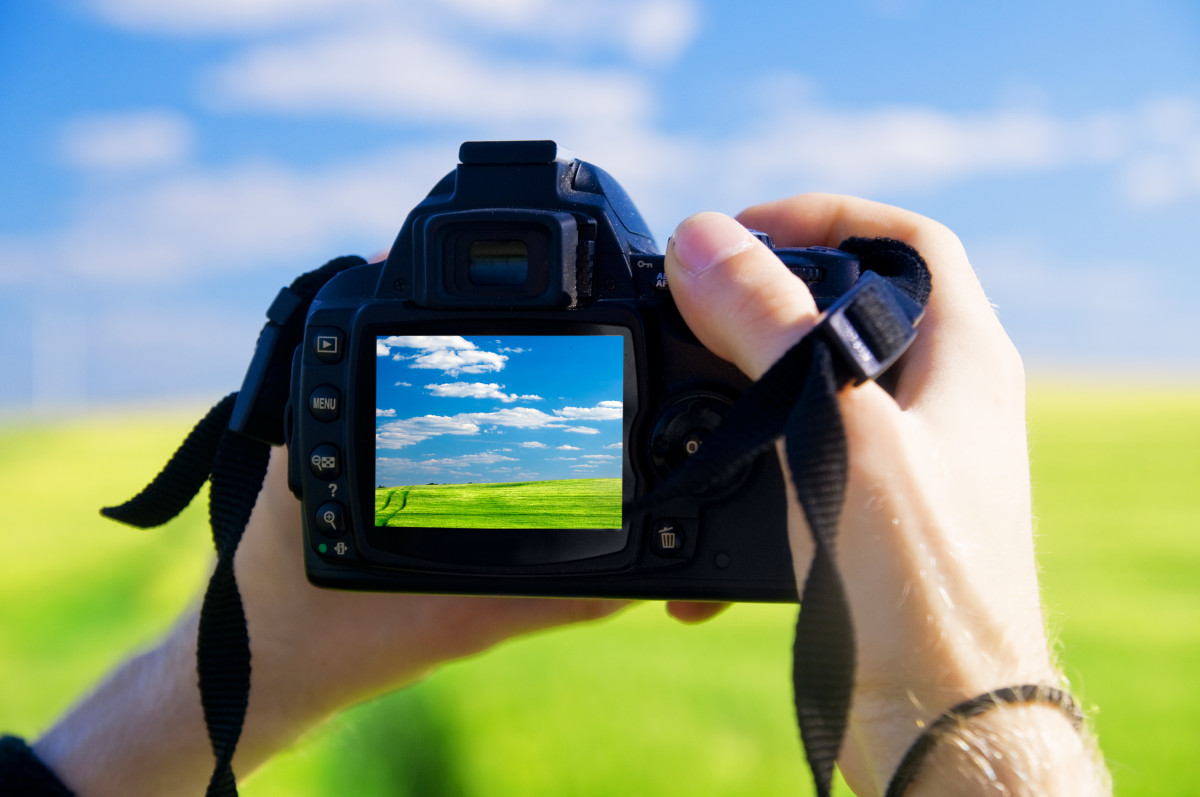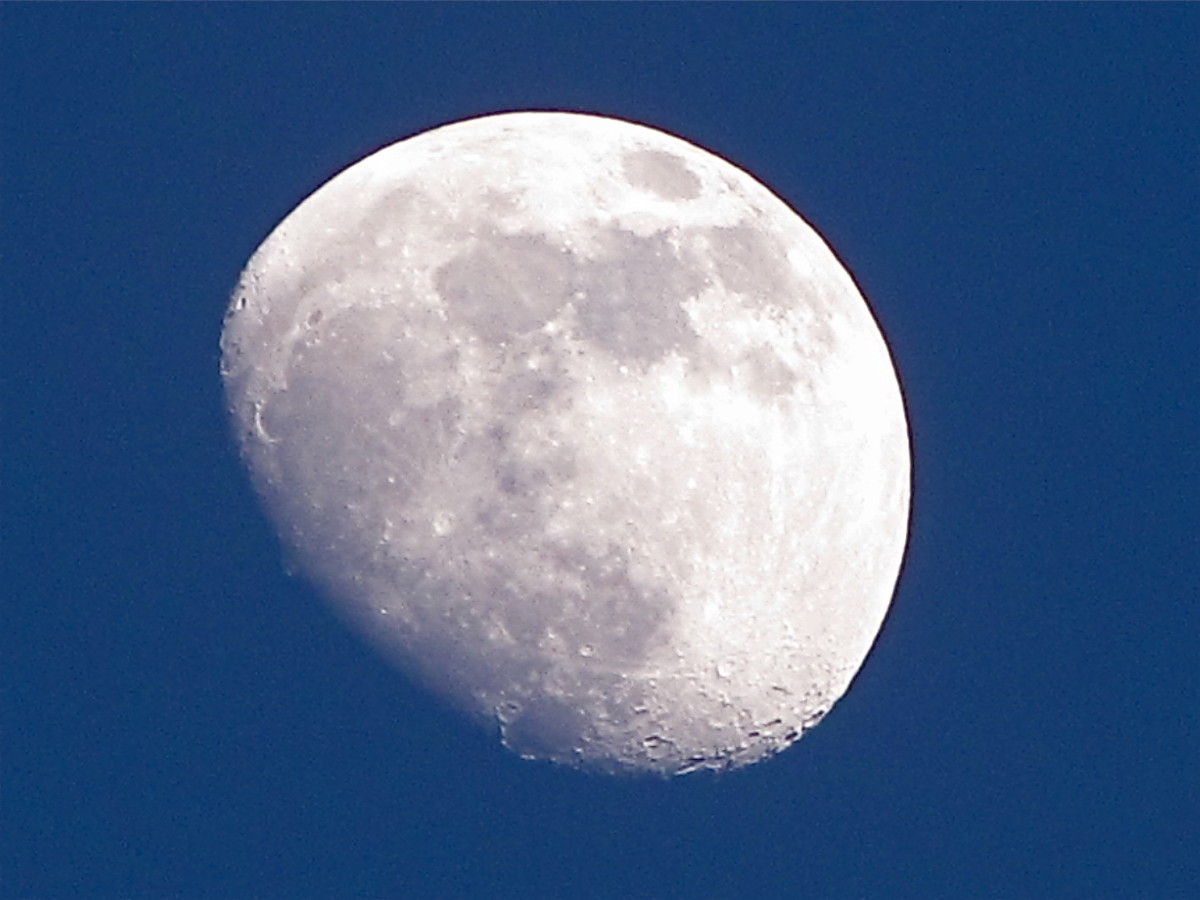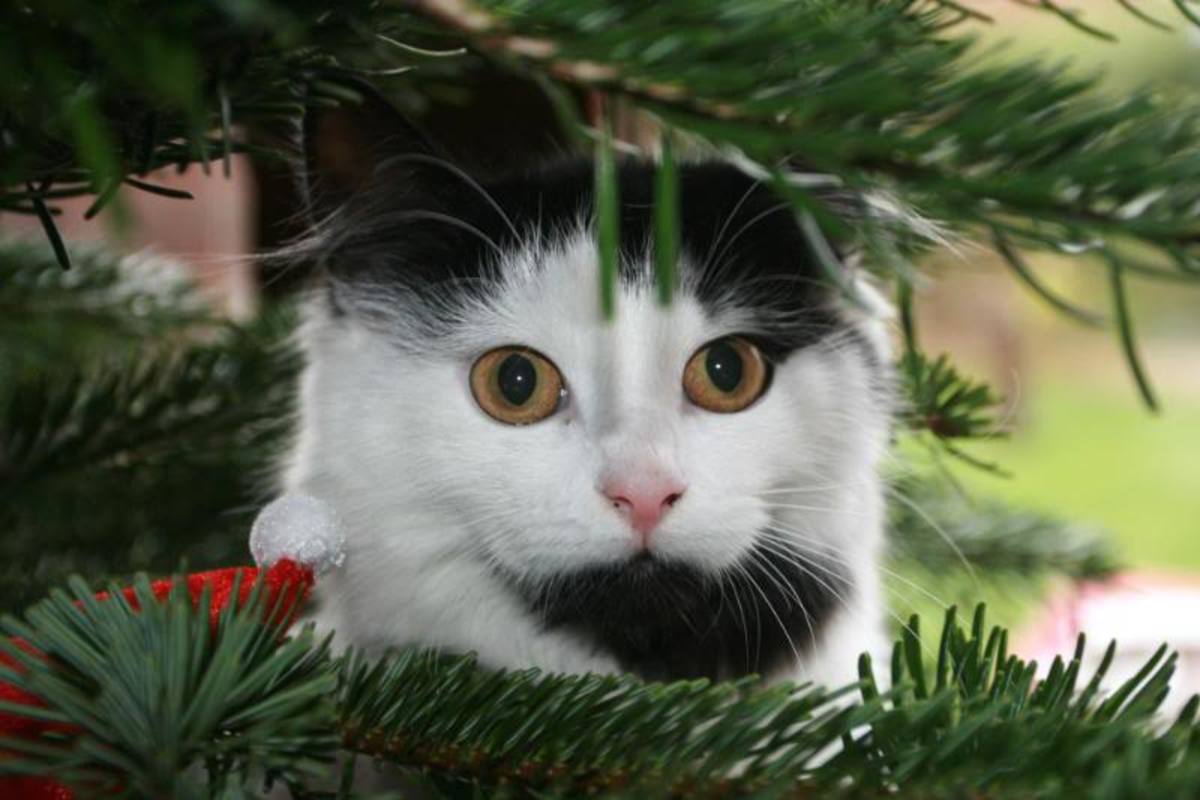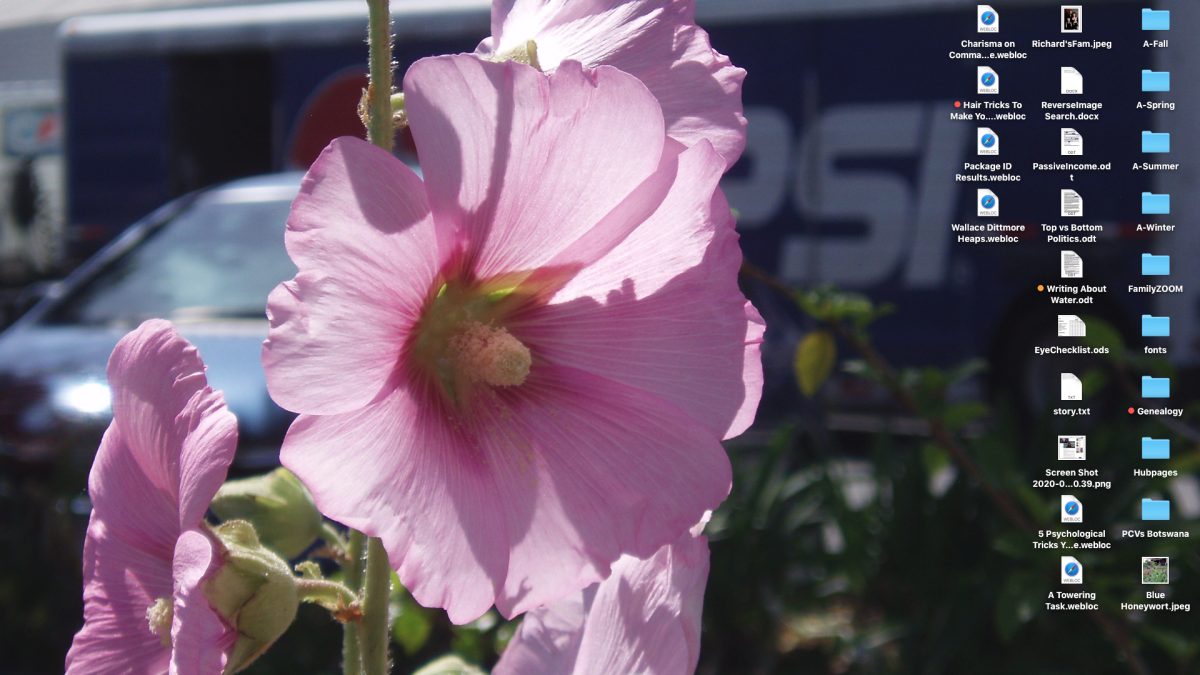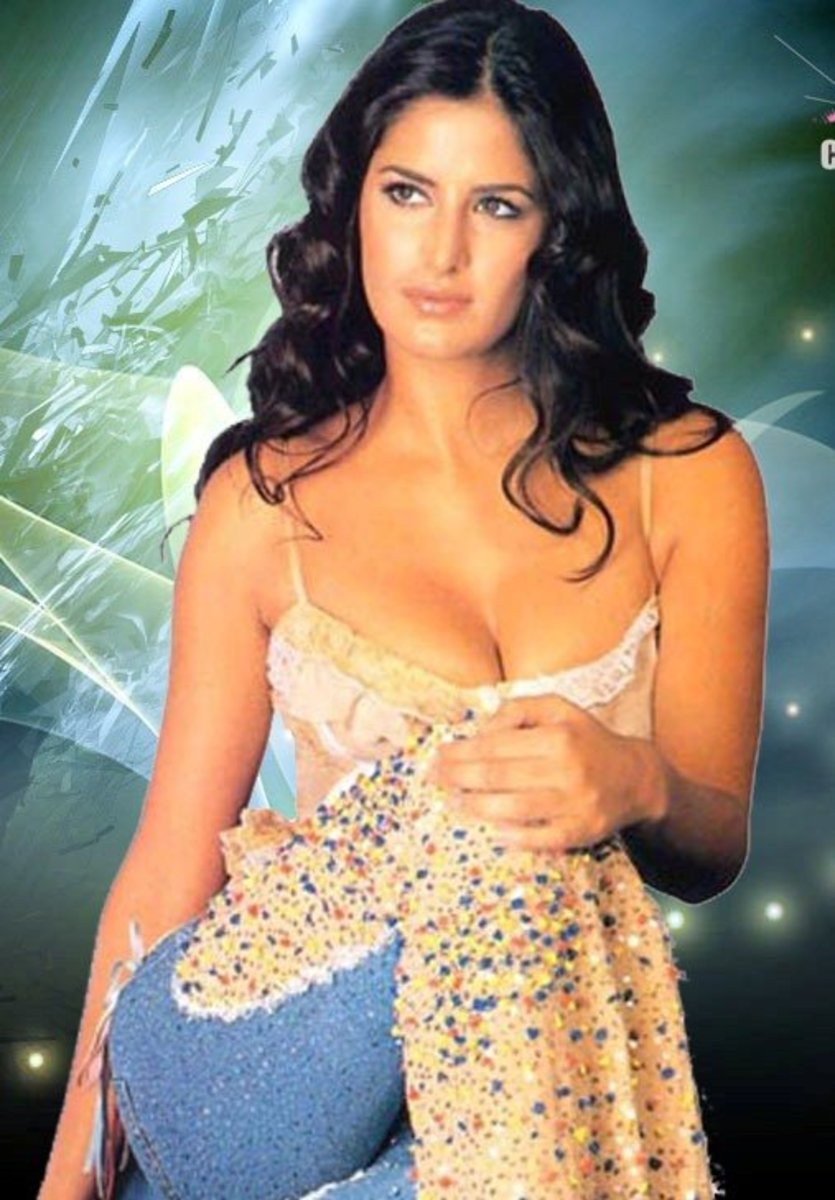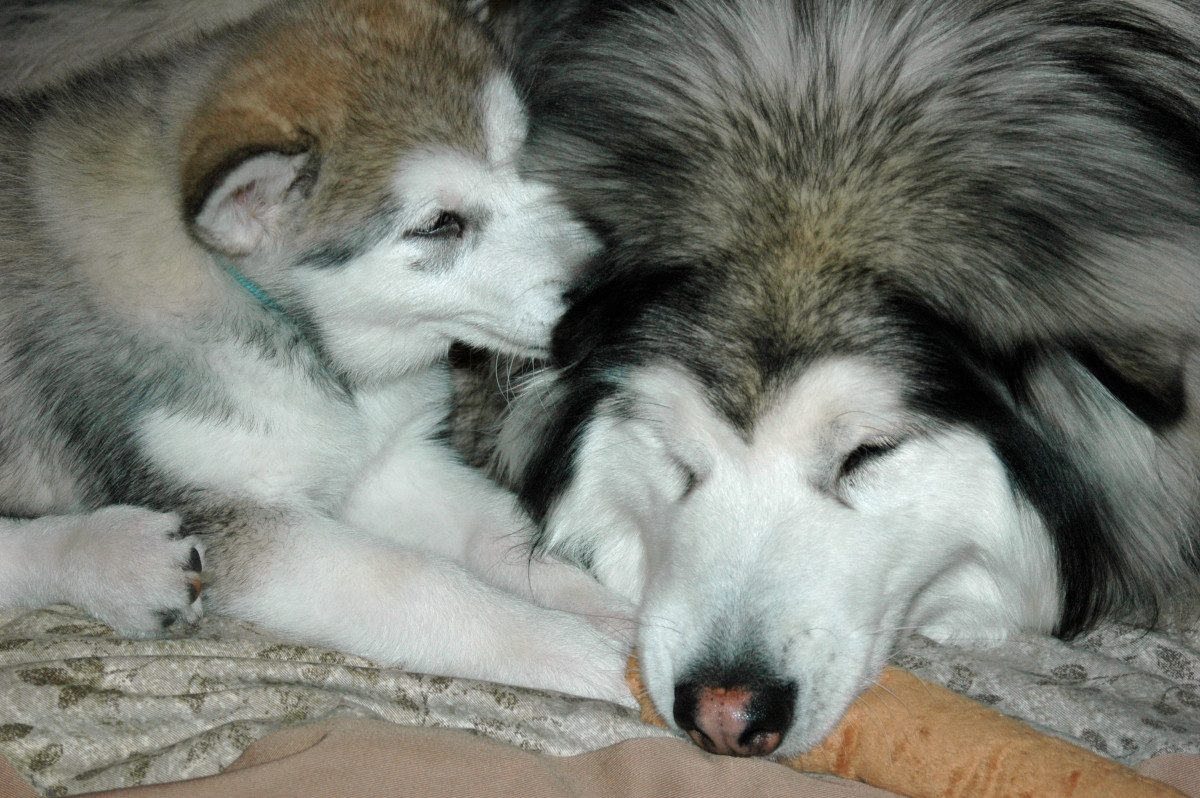Tips for Beginner's Photography
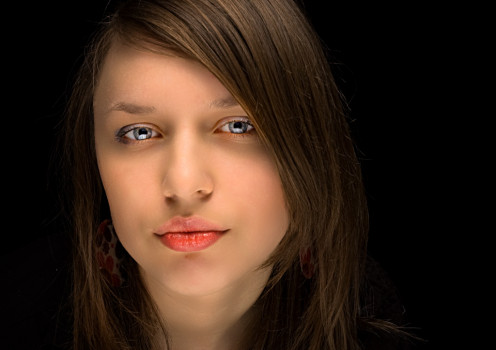
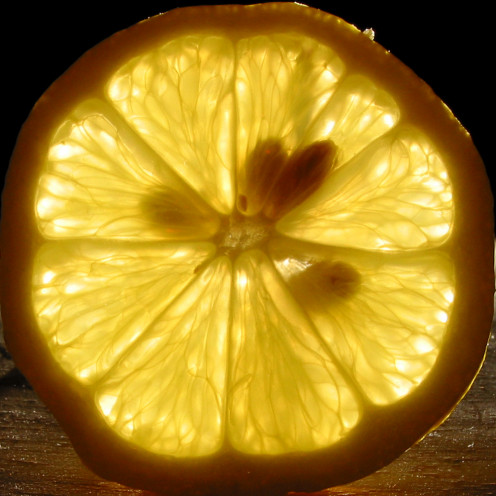
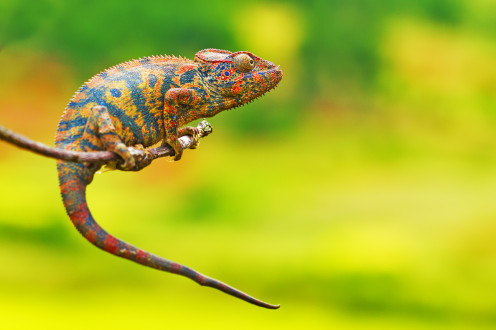
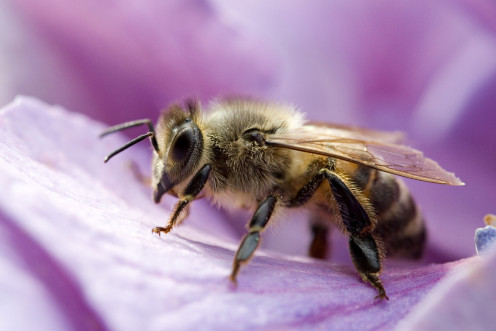
The most basic mistake that beginner photographers make is to buy an expensive camera along with expensive lenses thinking that if they have this new and expensive gear they will take good photographs.
Nothing is further from the truth. It's not what equipment you have but how you use the equipment that you do have.
No matter how expensive or advanced their gear its' the photographer that makes the photographs not the gear itself.
The camera and the lenses only capture whatever is presented to them.
It takes experience, know how, practice and creativity to make good images come to life.
So the best tip that I can give someone getting ready to pursue photography, no matter what the intention is, is to get an affordable camera and lens combination.
Chances are that at first you are not going to capture images that are good enough. maybe nice images but not those capable of being sold.
Once you start to develop a style and with experience behind it you will then acquire the knowledge to understand what gear combination will work best for you.
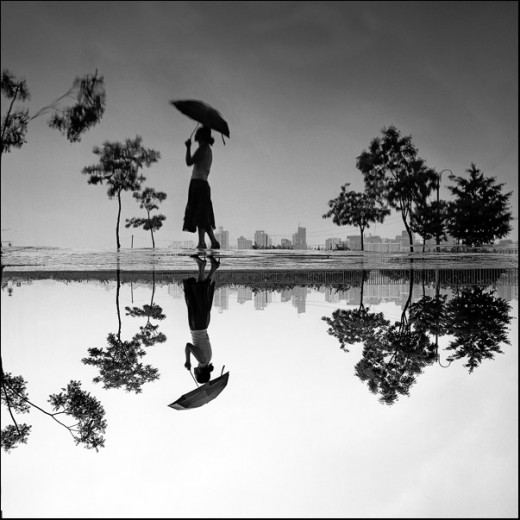
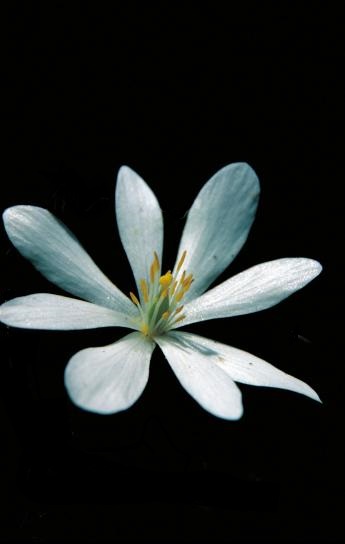
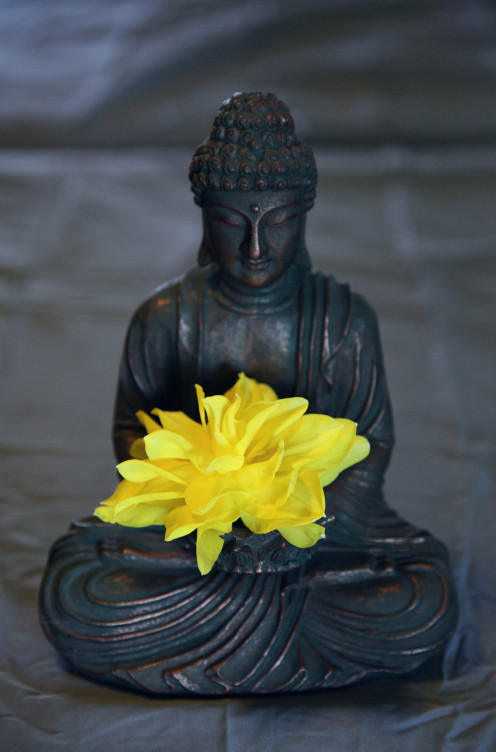
Get to know the basic settings that allows you to get creative and Auto is not one of them.
The most important ones, at least at the beginning are your camera's focusing modes; autofocus, or manual focus for example which leaves the total control to the photographer.
Most if not all professionals only use manual mode and seldom leave the camera to do the work for them.
Then there are the camera's metering modes; matrix, evaluative, center weighted or spot metering.
These focus the attention on a certain part of the scene and learning which ones work best for you will depend on your style and your subject matter.
For example for macro shots spot works best for me and for general scenes, matrix does the same, to focus the attention on a subject found in the middle of a busy scene center weighted is the best.
Then there are the shooting modes like Aperture priority, Shutter priority and one of my favorites the manual mode. These allow me to get creative like isolating a main subject within a busy scene by using a large aperture and leaving the rest in out of focus highlights.
Finally the film, sensor speed is very important. In the old days,(as if using film is really that old) the speed of the film made a huge difference in what types of subjects you could shoot depending on the available light.
Digital cameras allow you to set the ISO speed and this will dictate how much light you need to make a good image. Keep in mind that the higher the ISO setting the less light you need but the higher the setting the more noise you are bound to show in the final picture.
Adjusting one or more of these settings will change the exposure and each combination will yield different results. Get to know you camera and all its settings well.
If you learn to use these settings and truly get to understand each well enough to make it almost an automatic response to your shooting the at that point the camera becomes a tool and an extension of your creativity.
Get a better idea as to what elements you should get to know?
You need to understand what exposure is and how to get the best results.
Exposure is a combination of three key elements; aperture, shutter speed and ISO speed.
A fast shutter speed with a small aperture may give you underexposed images.
A Slow shutter speed with a large aperture may yield overexposed pictures and a fast ISO setting may give you grainy images.
Knowing which combination works best under any light situation as well as knowing when to adjust one or all of these elements is the key to turning out great images
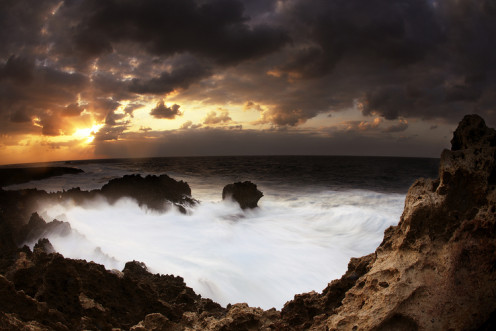
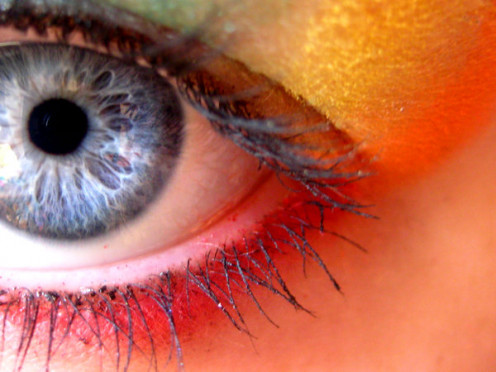
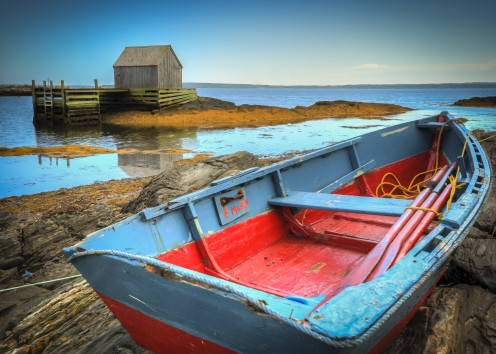
SHoot in raw mode whenever possible. Raw format gives you the most comprehensive results as far as how much detail is captured.
Any other format like Jpeg means that the image is compressed and thus you lose some details or for a better modern term data.
When shooting in raw you will need to work the image with a digital editing software program like Photoshop but the results are well worth it.
This is especially important if the image has shadows or dark areas on which there are fine details that you really do not want to lose.
Earn to read histograms. If the histogram is leaning to the left the image is probably underexposed and if it is leaning towards the right then the image is more than likely over exposed.
The best results are obtained when the histogram is balanced or skewed towards the center.
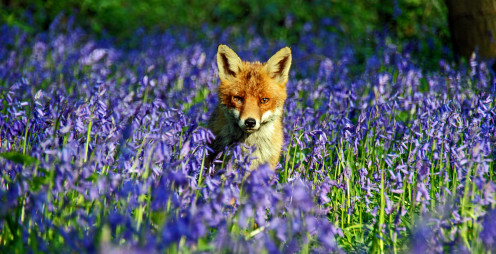
No matter how well you get to know these settings everything is really up to how you compose the shot. Observe the works of others and learn about how they compose their shots.
See the image through the viewfinder and arrange all the elements within the scene to make a pleasing composition.
Finally understand the best light conditions,especially if you like to shoot outdoors.
The best light is always one that has been diffused by the photographer or by nature.
In the studio you can use umbrellas, light bouncers or reflectors and other tools to make the light softer thus reducing the amount of harsh light that can create harsh spots.
Outdoors the best diffused light is found in the early morning or late afternoon or when the sky is overcast.
Again, look at the work of nature pros and learn from their techniques.
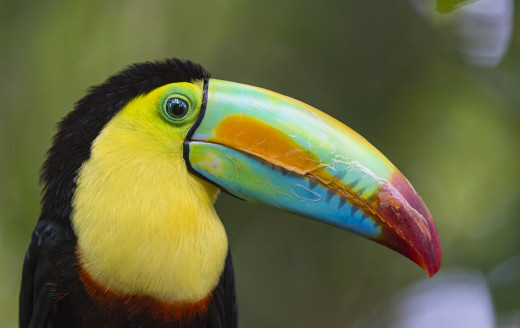
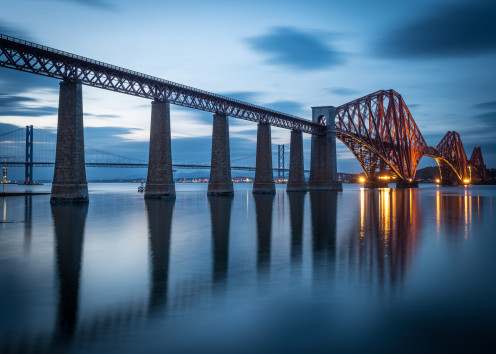
- Photography Tips for Beginners
This page contains a collection of articles we have written for those who are just getting into photography. These photography tips for beginners should hopefully help our readers to enhance their knowledge of photography and get the best out of thei
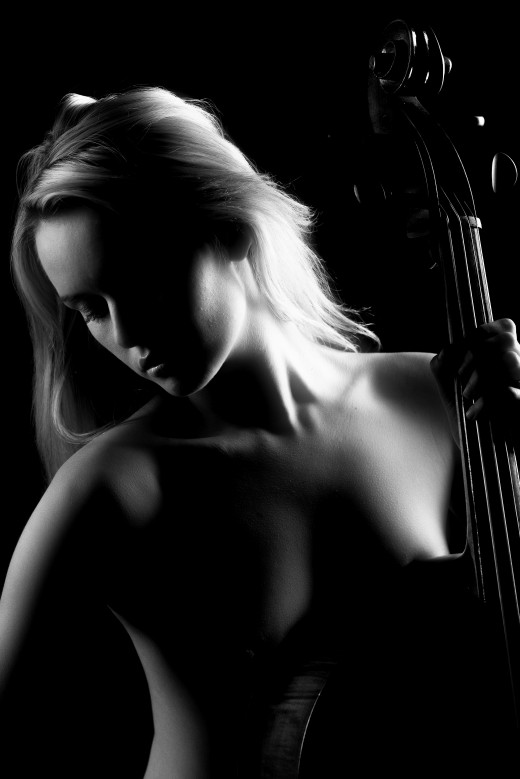
© 2015 Luis E Gonzalez

